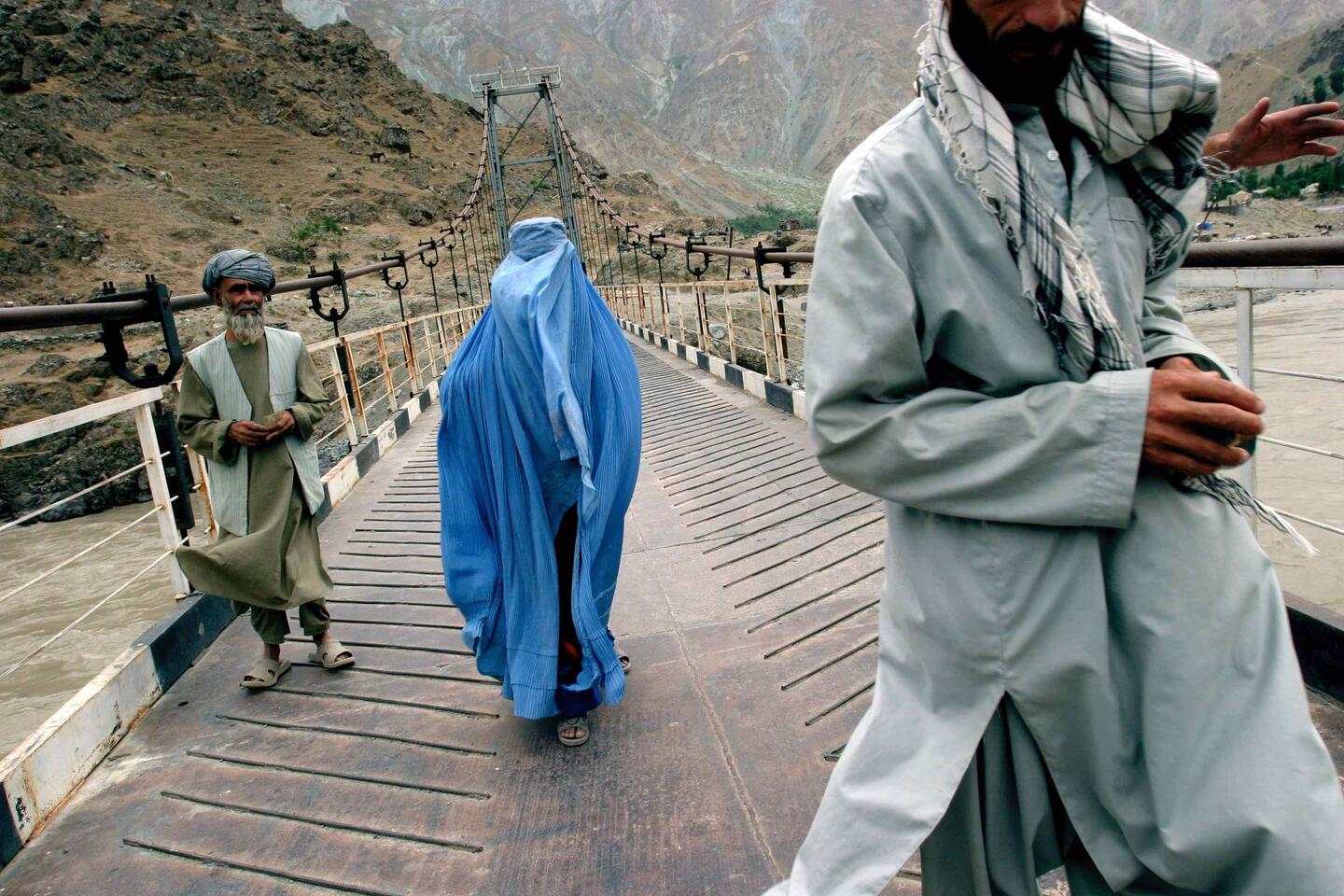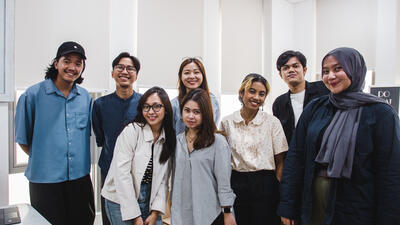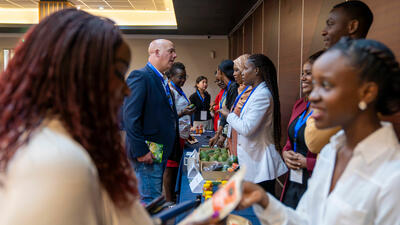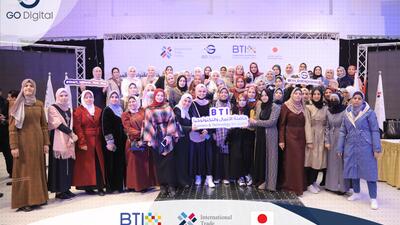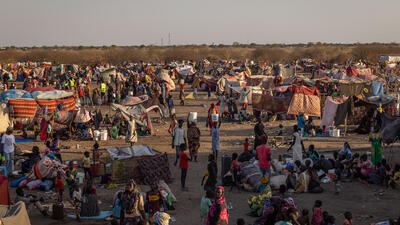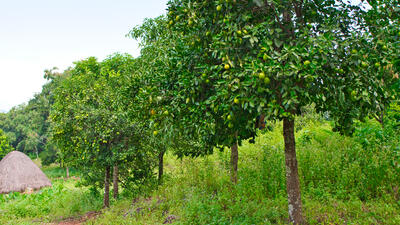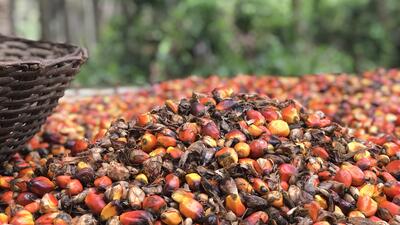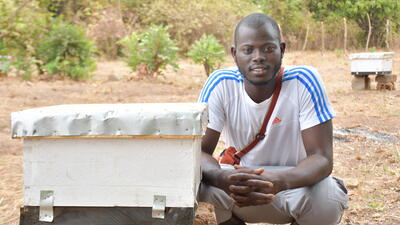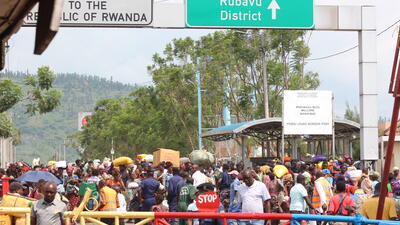
Investing in conflict contexts: No more ‘business as usual’
How can economic development, trade and investment contribute to peace and stability?
The world is experiencing the highest number of violent conflicts since 1945. According to the United Nations, 1.9 billion people live in fragile and conflict-affected settings – representing 24% of the global population.
There are 39 conflict-affected contexts in the world, and a further 37 experience high levels of violence, fragility and/or instability (see world map). Conflict is becoming a defining feature of the 21st century, with devastating impacts on lives and livelihoods.
The places in the world where sustainable, inclusive socio-economic development is most needed, therefore, are also the places where it is most challenging to operate, trade and invest.
Fragile and conflict-affected settings may be characterized by weak state capacity and regulatory frameworks, high levels of corruption, widespread human rights violations, sustained conflict and violence, political instability, and other characteristics that can undermine or economic development and cause well-intentioned investment and trade initiatives to have paradoxical outcomes.
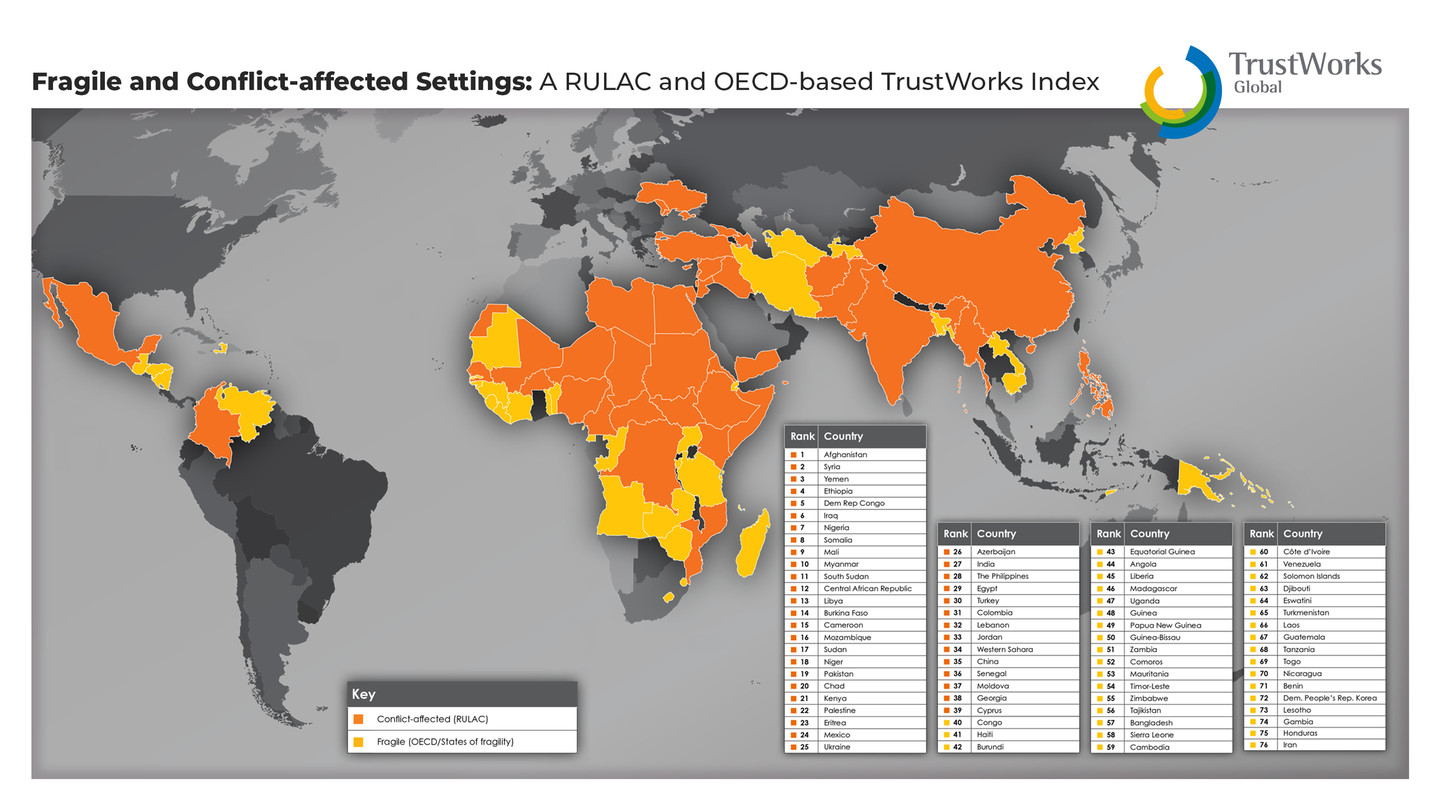
While the risks that conflict and fragility pose to economic development are well-understood, there is also a risk that economic development initiatives in fragile and conflict-affected settings may inadvertently contribute to conflict, violence and instability. Economic development after all does not take place in a vacuum.
While investors and businesses may profess political neutrality, the impacts of their activities in these settings are never neutral with respect to conflict. Economic development that is insensitive to conflict will ultimately generate, sustain or drive conflict, either directly or indirectly.
The need for conflict-sensitive economic development has never been greater. However, most international organizations and bilateral partners working on economic development are missing out on opportunities to contribute to peace and stability.
This is because, too often, ‘business’ – including multinational corporations, small medium-sized enterprises and related investors – are not seen as peace and conflict actors, despite the evident roles they play in peace and conflict dynamics. This ‘blind spot’ is not only leading to sub-optimal economic development, but it may also be fostering economic development that is inadvertently contributing to violence, instability and conflict.
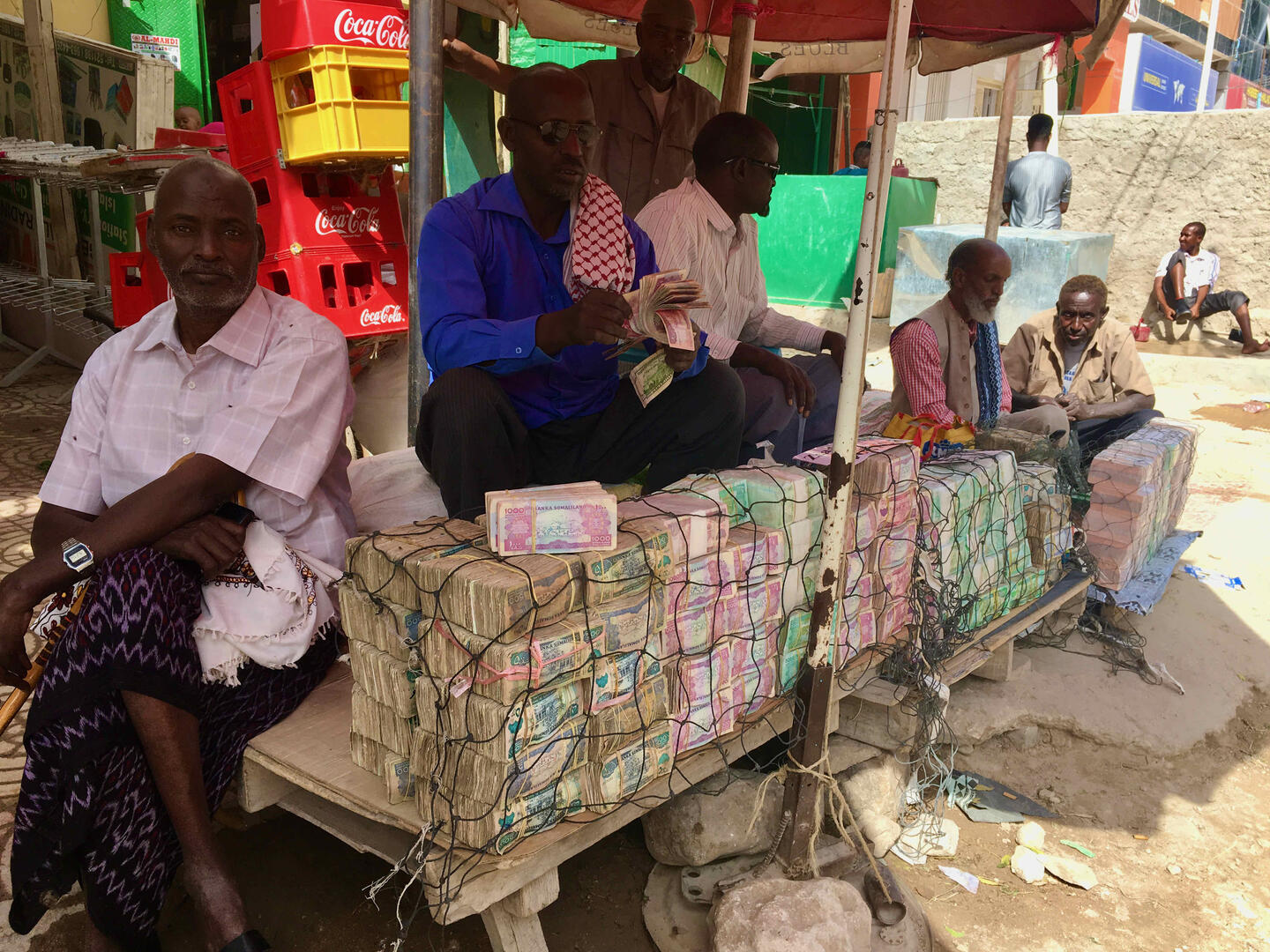
How can economic development contribute to peace and stability? At TrustWorks, we believe there are two critical elements:
- First, conflict-sensitivity. Conflict-sensitivity – closely related to heightened human rights due diligence or HHRDD – is an approach that is predicated on an understanding of the two-way interaction between a given intervention and conflict. It ensures that economic development is sensitive to conflict-fault-lines, contested issues around land and natural resources, and inequalities, to name only a few issues that can spark violence. It is an ongoing process designed to minimize the negative impacts and maximize the positive impacts of economic development on peace and stability.
- Second, in-depth local knowledge. Good practice in fragile and conflict-affected settings depends on knowledgeable local actors and a detailed understanding of conflict dynamics and geographies. International actors may be able to achieve this through close collaboration with partners, intensive engagement of local stakeholders, or possibly a full-time presence in the target country as a critical factor enabling good analysis, conflict-sensitive interventions, and identifying peace- and conflict-related development needs.
Conflict-sensitivity and in-depth local knowledge go hand in hand to create the conditions for economic development that contribute to peace and stability. Our goal is to make this aspiration a reality: through close and meaningful partnerships with international organizations working on economic development.
